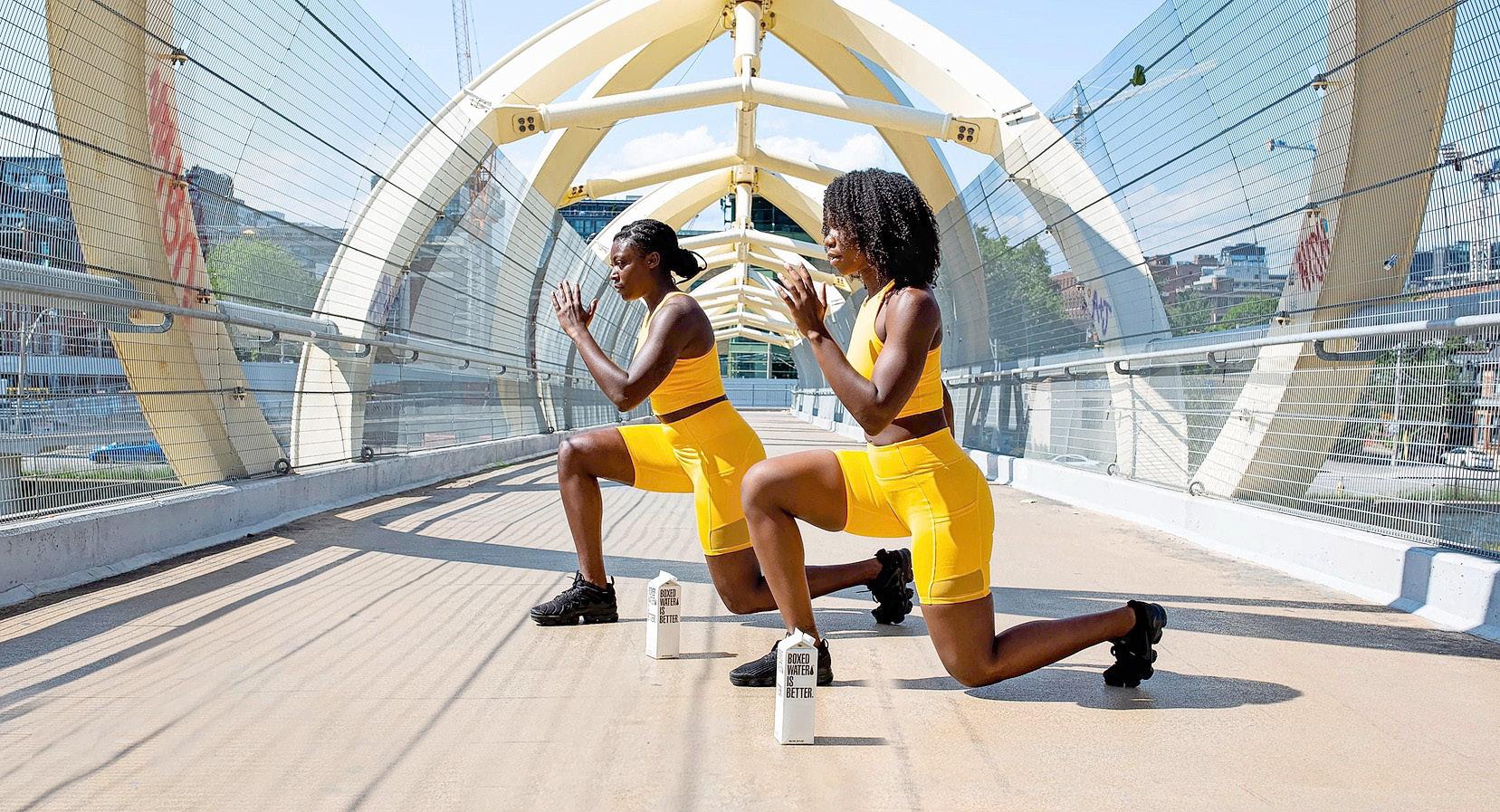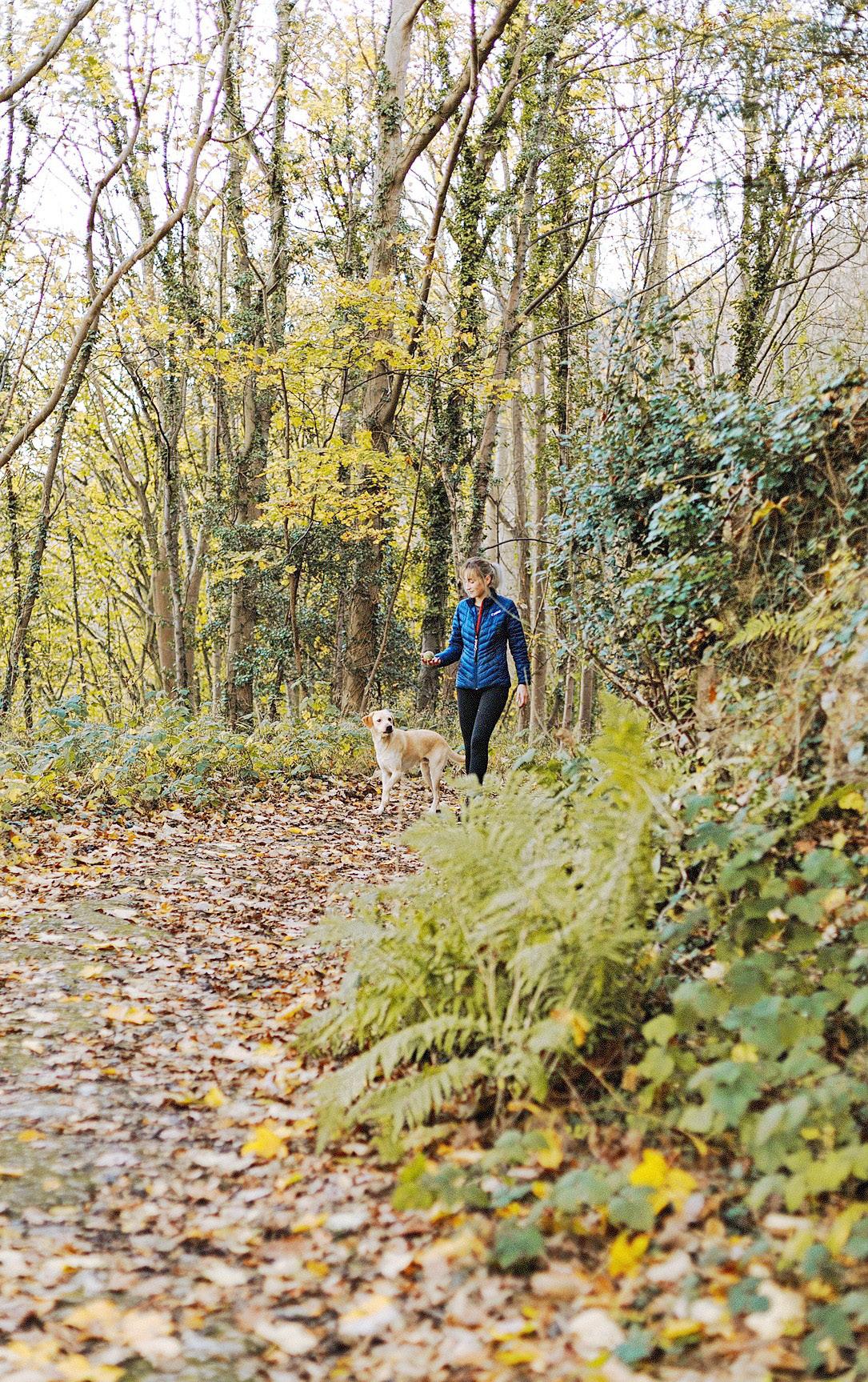
3 minute read
BREAK THE CYCLE OF SEDENTARY LIVING
Vuyile Madwantsi
There is a growing concern in South Africa that people’s overall health is deteriorating
Advertisement
EVERY year, about 18 million people worldwide die as a result of cardiovascular disease (CVD).
Furthermore, obesity rates in South Africa are rising, with over two-thirds of women and nearly one-third of men classified as overweight or obese, increasing people’s risk of CVD.
It has also been demonstrated that leading a sedentary lifestyle increases all causes of mortality and doubles the risk of CVDs.
Notably, 60% to 85% of people worldwide lead sedentary lifestyles, which are characterised by excessive sitting, lying, or simply reclining for extended periods other than for sleep.
Even so, the World Health Organization estimates that sedentary lifestyle choices cause approximately 2 million deaths a year.
There is a growing concern in South Africa that people’s overall health is deteriorating, particularly their blood pressure levels.
“With so many families affected and lives altered by CVDs, whether heart attacks, strokes, thrombosis or other diseases, a change is desperately needed,” said Sibonile Dube, Novartis head of communications and engagement for the Middle East and Africa.
Why it’s difficult to move away from a sedentary lifestyle
Modern lifestyles prioritise convenience and efficiency, which frequently means sitting for extended periods while working, studying, or commuting.
Furthermore, some people may be unaware of the health risks of prolonged sitting and the importance of incorporating regular physical activity into their daily routine.
Unlocking the barriers to a healthy lifestyle
To address and raise awareness about this growing problem, pharmaceutical company Novartis launched its new global Unblocked movement.
The initiative was co-created with external healthcare stakeholders to unblock various barriers that bar many people from attaining better cardiovascular health.
“Participants can form teams via the social fitness app GoJoe. Here they can track their progress, encourage their colleagues and friends, and participate in friendly competition through the app’s leaderboard,” explained Dube in a statement.
Schedule regular physical activity:
One of the main reasons people lead a sedentary lifestyle is the lack of suitable opportunities to exercise.
This could include walking to work, doing a workout routine at home, or joining a sports team or fitness class. It is important for adults to do at least 150 minutes of moderate-intensity, or 75 minutes of vigorous-intensity, aerobic physical activity per week.
Limit screen time:
Excessive screen time, such as watching TV or browsing the internet, is a common factor that contributes to a sedentary lifestyle.
Limiting screen time and finding alternative activities, such as reading, gardening or playing board games, can help to increase physical activity levels.
Set achievable goals:
Setting small, achievable goals can help to create the momentum needed to develop a healthier lifestyle.
For example, starting with a 10-minute daily walk and gradually building up to longer walks or more intense physical activity can help to create a positive habit.

IT IS important for adults to do at least 150 minutes of moderate-intensity, or 75 minutes of vigorous-intensity, aerobic physical activity a week. l HUMPHREY MULEBA PEXELS
Join a community:
Joining a group or community of people with similar health goals can help to provide support, motivation, and accountability. This could be a local walking or running group, a gym or fitness class, or an online community.
Eating more healthy foods.
Leafy greens are usually rich in vitamin K, which help protect the arteries.
Whole grains have various benefits, such as lowering the risk of heart disease, high blood pressure, and diabetes. Fatty fish and fish oil contain Omega-3 fatty acids that help lower the risk of CVDs.

START small and gradually build up to more intense physical activity can help to create a positive habit. | BOXED WATER IS BETTER Unsplash










